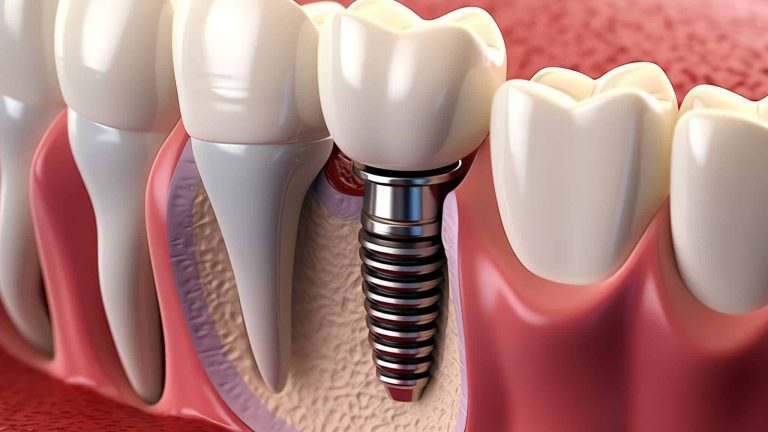Dental care in childhood is essential to ensure good oral health throughout life. Regular dental checkups not only help prevent problems but also allow for the detection and treatment of conditions in their early stages. This article explores the importance of dental visits for children, the issues that can be identified during these checkups, and how they contribute to the development of healthy habits.
Why are dental checkups essential for children?
During childhood, teeth and oral structures are in constant development. Regular dental checkups allow the dentist to monitor this growth and address any issues before they become major complications. Additionally, these visits help children become familiar with the dental office environment, reducing fear and anxiety.
Key benefits of dental checkups for children:
- Prevention of common oral problems, such as cavities and gum disease.
- Oral hygiene education, teaching brushing and flossing techniques.
- Early detection of abnormalities in the growth of teeth and jaws.
- Building healthy habits that promote long-term oral health.
What do dental checkups detect in children?
Dental checkups include a comprehensive evaluation of the child’s oral health. Below are the most common issues that can be detected during these visits.
1. Tooth decay
Cavities are one of the most common conditions in children. During the checkup, the dentist can:
- Identify early-stage cavities that are not yet visible or painful.
- Assess the risk of cavities based on the child’s eating and hygiene habits.
- Apply dental sealants or fluoride to prevent new cavities.
2. Dental development issues
The growth and development of baby and permanent teeth are crucial. Checkups allow for:
- Detecting retained teeth or teeth that have not erupted properly.
- Identifying crowding or alignment problems.
- Evaluating the need for early orthodontic treatments.
3. Gum diseases
Although less common in children, gum diseases can present as:
- Gingivitis: Inflammation and redness of the gums caused by plaque buildup.
- Early periodontitis: In more severe cases, it can affect the supporting tissue of the teeth.
4. Harmful oral habits
Children often develop habits that can affect their oral health, such as:
- Thumb-sucking or pacifier use beyond a certain age.
- Bruxism: Grinding or clenching of teeth, which can cause dental wear.
- Mouth breathing: Associated with developmental issues of the jaws and teeth.
The dentist can identify these habits and offer strategies to correct them.
5. Dental trauma
Children are prone to accidents that affect their teeth. Checkups allow for:
- Assessing damage caused by falls or impacts.
- Identifying fractures, displacements, or infections related to previous trauma.
6. Infections or abscesses
The dentist can detect signs of dental infections, such as abscesses, which may not be evident to parents. These infections require immediate treatment to avoid complications.
7. Oral and maxillofacial anomalies
Conditions such as cysts, benign tumors, or jaw developmental anomalies can be identified during a dental checkup.
8. Diet-related problems
Excessive consumption of sugar and processed foods can increase the risk of cavities. The dentist can identify harmful dietary patterns and provide nutritional guidance.
How often should children have dental checkups?
The American Dental Association (ADA) recommends that children visit the dentist at least twice a year, although the frequency may vary depending on the child’s specific needs.
Factors that may influence the frequency of visits:
- Risk of cavities: Children with a history of cavities may need more frequent checkups.
- Ongoing treatments: Such as orthodontics or gum disease management.
- Child’s age: Younger children may need additional supervision to ensure proper dental development.
Conclusion
Dental checkups for children are essential for detecting and preventing oral problems, ensuring proper development, and fostering healthy habits. Prioritizing these visits from an early age lays the foundation for optimal oral health that will benefit the child throughout their life.




